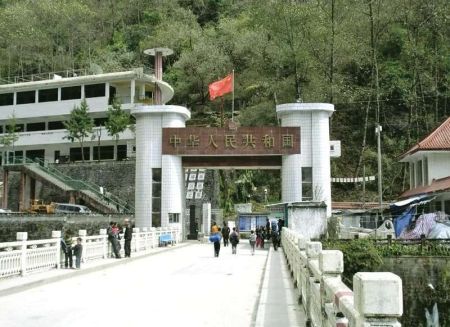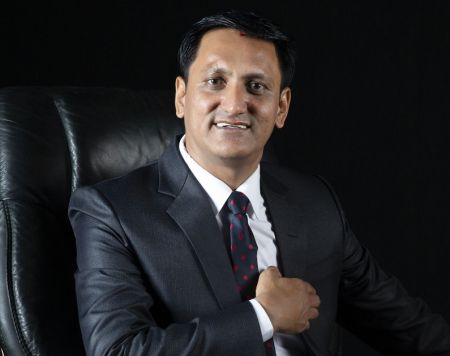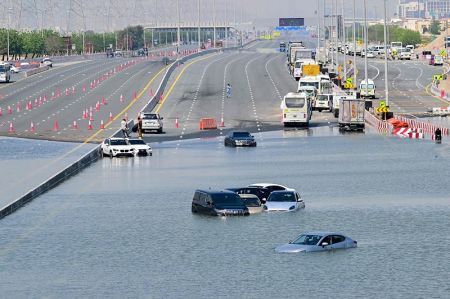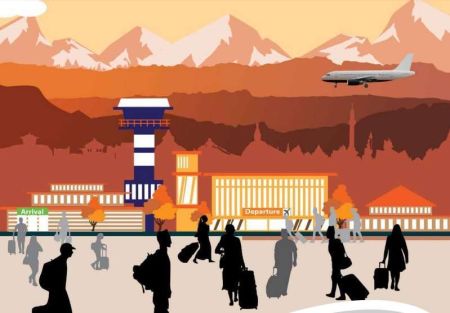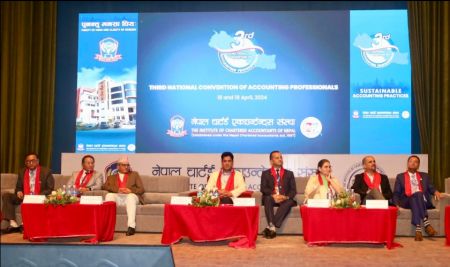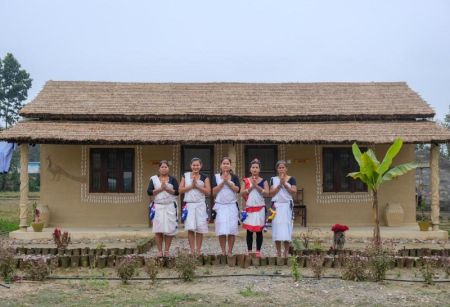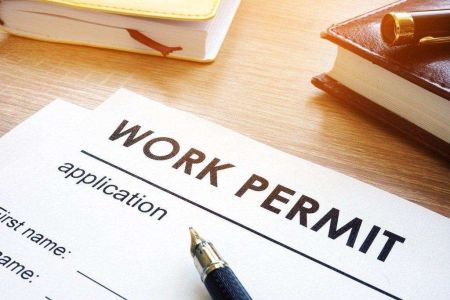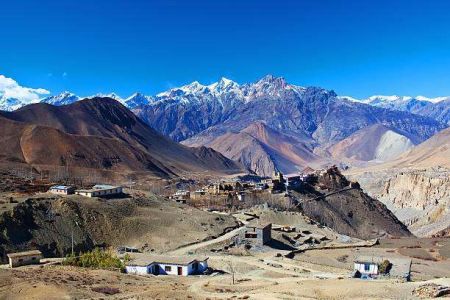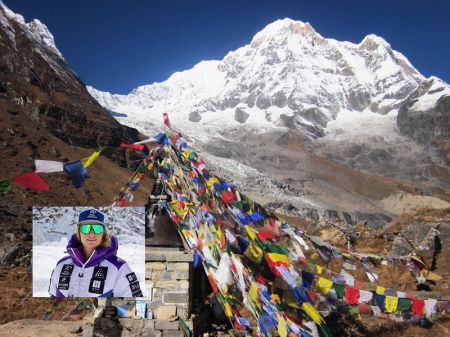The Nepal Electricity Authority (NEA) Board of Directors, on 11 June, rolled-back its highly controversial decision of upgrading the capacity of Upper Trishuli 3A Hydropower Project from existing 60MW to 90MW. The same board ten days before had decided to upgrade it. Both decisions were taken in the meetings of the Board chaired by Energy Minister Umakant Jha, who allegedly had personal vested interests in upgradation.
Although the decision was withdrawn due to persistent pressure from several quarters and, more importantly, by the protests of the NEA employees, no action is initiated to investigate on why, at the first place, the upgradation was sanctioned earlier. When the employees dared to cut the power supply off ministers’ official quarters and threatened to do the same to Singha Durbar Central Secretariat, Minister Jha was compelled to roll-back the decision.
But, most surprising in this chain of events is that the NEA management issuing an statement has tried to defend the earlier decision to upgrade the capacity of the Project. “The NEA had upgraded the capacity of the project completing technical, economic and existing legal assessments. The project has been designed in Q70 flow, which is not the optimum utilization of the water available in the river,” it said.
But, with the upgradation, the cost of the project would increase to from USD 89 million to 132 million. It was also agreed to release USD 20 million extra to the contractor, China Gezhouba Group Company’s proposal of upgrading it to 90 MW for USD 112 million.
This is enough to conclude that there were vested interests, malafied intentions and apparent intended embezzlement of the public funds in the name of upgradation. But, all the people, including the minister, who made the decision, are still in their respective public positions. On top of that, NEA management had had the temerity of issuing the statement claiming that the decision to upgrade was in national interest. This is the height of impunity and lawlessness.
The gravity of the case suggests that all parties concerned, the minister, entire NEA Board, the contractor and the local Nepali representative who allegedly lured the decision makers must be brought under the book. The NEA officials who still claim that upgradation was right must not only be questioned but should be challenged to establish the claim in public.
Surprisingly, all this happened under the nose of newly appointed chief of anti-graft body, the Commission for the Investigation of Abuse of Authority (CIAA) and he didn’t seem at all interested to investigate into it. This indeed is the reflection of hand-in-glove relations of the people who run the government and the CIAA’s new chief. The trend has raised fears of this constitutional body exercising its powers by selection and discretion, as against the very concept of an ombudsman organization that acts on the merit of the case basis.
If the architects of such a big scandal can go scot-free, then it will cast a very long shadow on Nepal’s hydropower prospects. It will set wrong precedence for future as well as other on-going projects.
In addition to it, a number of questions have been raised about credibility and professionalism of this particular Chinese Company. Since it is a Chinese government undertaking, Nepal government should have guts enough to raise this issue to its Chinese counterpart. It might be the case that a few employees in the company are misleading their government and pocketing hefty sums in collusion with some Nepali operatives, in and out of bureaucracy. It is also assumed that a number of senior political leaders abetted to take the decisions in anticipation of proper kick-backs. A proper investigation is required to bring the facts out of the closets. A mere roll-back is not enough of we want to set a good precedence of fair play in the hydropower development






